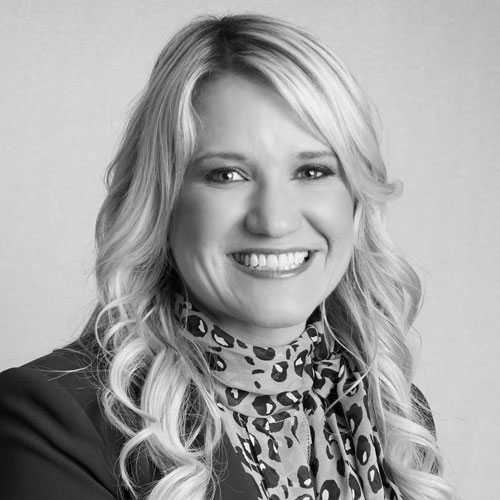When Seung Park was accepted into the University of Michigan’s integrated premed program in 1996, the title of chief medical information officer had yet to be conceived. However, the idea was brewing as data and medicine were intertwining at an exponential rate.
In his undergraduate studies, Park earned a bachelor’s degree in computer science, where his passions lie. He was so enthralled by the sea changes in technology at the time that he contemplated whether he would continue into medical school. “I could see back then that there would come a time very soon when data science equaled science,” he recalls. “I wanted to position myself to benefit from the data-driven future.”
Park ended up going to medical school where he noticed he was being typecast, but not to his dismay. “The overall feeling was, ‘You are a computer scientist, and you are Asian, so we’re going to make an informatician out of you,’” he says. “I realized there was a future in doing this. I did a residency in anatomic and clinical pathology following data to the source, and I’ve been a data-driven physician ever since.”
Now as the associate CMIO for Community Health Systems (CHS), Park helms clinical design, clinical content, and EMR governance for thirty-five of the system’s largest hospitals, and that number is expected to grow to fifty-nine over the next year. CHS created the position at the point where it was ramping up the deployment of EMRs. When Park stepped in, the company had yet to fully consider the implications of having a CMIO, so Park ended up largely defining the role for himself. He visited each of the hospitals he was working with and won the confidence of physicians and informaticians. He also put himself in the line of fire by answering phone calls and pursuing leads all the way up the chain of command.
“It became clear pretty quickly that there was a lack of strong clinical guidance and governance,” he says. “As I made connections and championed the needs of the sites, I saw that not only was having a physician executive in charge of clinical design and content of the EMR necessary, but if you did it collaboratively, it would even be welcomed.”
As a doctor-informatician hybrid, Park was able to drill down and see why some physician concerns weren’t being addressed. One problem was in the anatomic pathology model, where doctors wanted an additional tab inserted into reports. Pathologists work in a system where they live and die by report output. For them, it is a critical issue, but those in IT leadership who haven’t been doctors have a hard time seeing the importance of what looks like a minor change.
“I could see back then that there would come a time very soon when data science equaled science.”
“These were changes that were blocked at the central level, not because of ill will or incompetence, but because our centralized governance model wasn’t in a place to understand,” Park explains. “Once it was understood, we could apply pressure. We were able to pivot our entire organization to put additional resources front and center. We performed a fix that not only benefited CHS, but also every single center involved.”
The main challenge was striking a balance between the strong, centralized governance of the EMRs without weakening local governance at the site level. Initially, the individual sites had more power and say, and there was a lot of stepping on toes. An overcorrection led to a rigid, centralized authority that left site staff feeling like their voices weren’t being heard.
“Having so many EMR instances is an interesting challenge because we share, more or less, a single system,” he says. “Because we have a single build that pertains to all the sites, the question is, ‘How do you create a single solution that fits them all?’ The answer is that you have to have strong, centralized governance as well as strong local governance of the EMR. If you have one without the other, you’re going to run into some major problems.”
To accomplish that, Park relentlessly toured the sites and helped build up local governing structures. During his first six months, he was only in his office for two weeks. He revised the physician advisory council and increased participation by about 300 percent in a year. He instituted a formalized voting process so that sites would have say in major design decisions and revised workflows. The effort reduced the number of system alerts by half, buoyed physician satisfaction, and decreased the amount of time that physician concerns went unaddressed.
“I had an excellent team to support me,” Park explains. “I had partners in corporate IT who were more than willing to help us in this push and great partners across the different service lines who were also willing to participate. Now, eighteen months later, we have a true community that cuts across corporate lines that were thought to be impermissible. It used to be that local informaticians felt they couldn’t share data and best practices with their sister hospitals because they were being benchmarked against each other. Now, it’s a much freer flow. At the same time, the central corporate office is listening to our member hospitals more quickly and with more thoughtfulness.”
Park is a proponent of servant leadership and says that the balance of governance accomplished during his tenure with CHS is due in large part to that model, in which there is no true hierarchy.
“The credit here doesn’t belong to me,” he says. “It is the will and the strength and endless hours of all the people who have served with me and under me. If credit exists, it belongs to them.”
